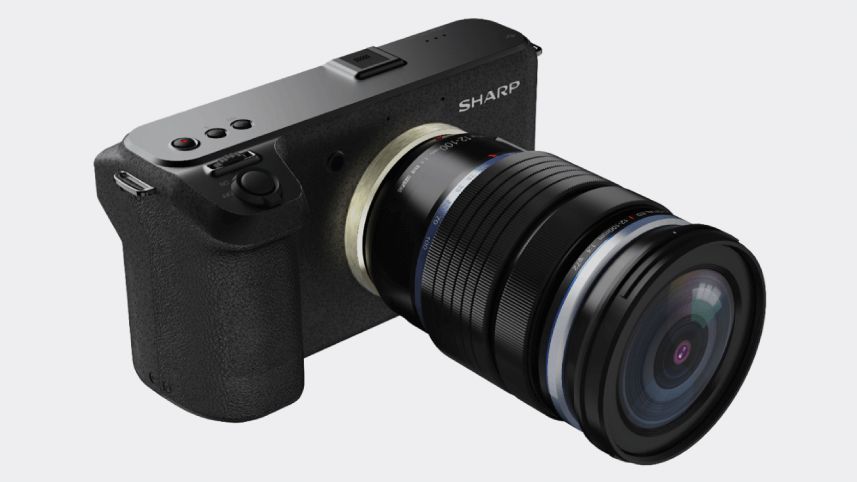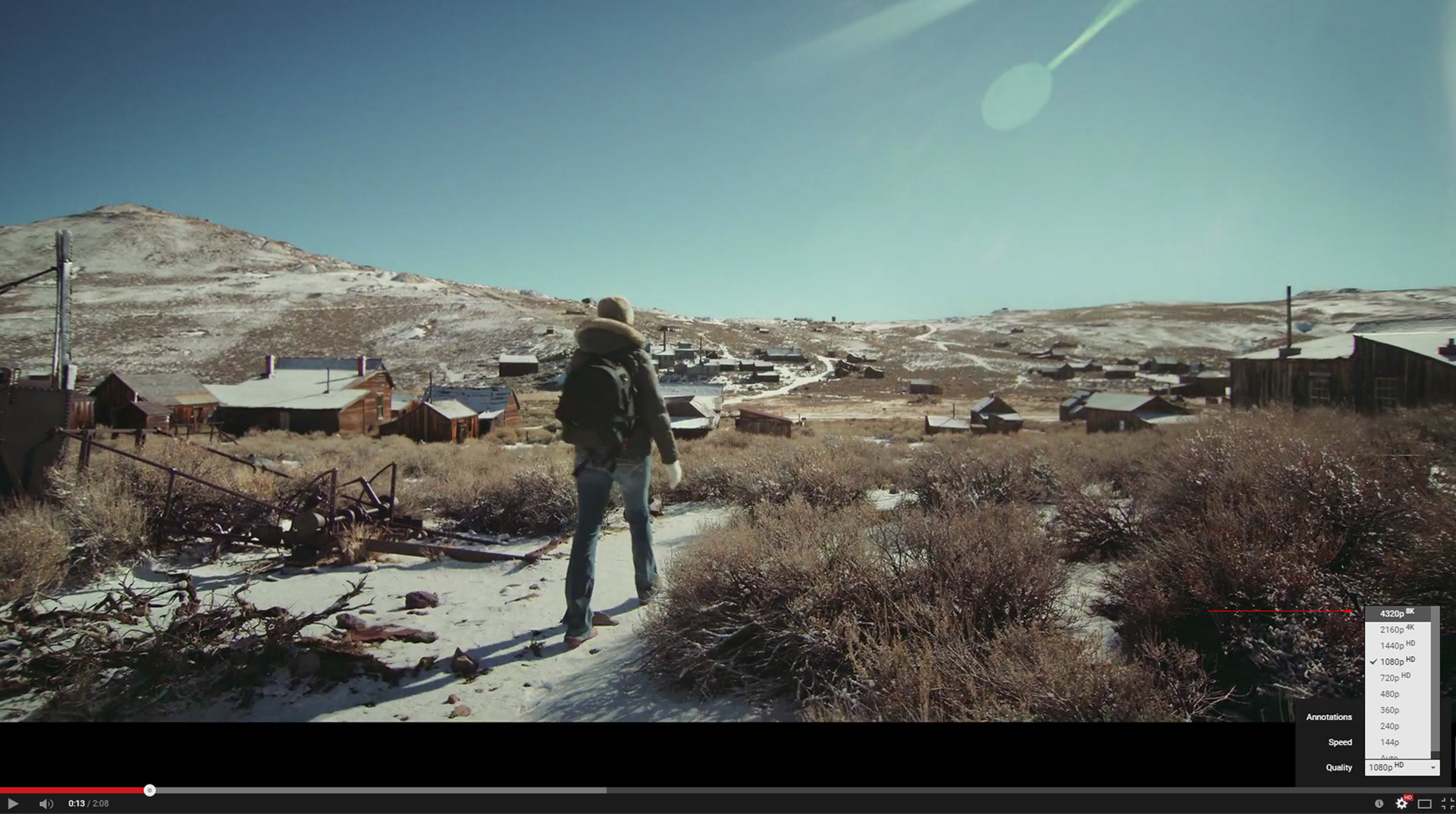
Many devices have recently been supplied for VR, including Oculus Rift, HTC VIVE, Sony PlayStation VR, and Samsung GearVR. These contents are spherical in nature, providing the user with an extraordinary experience of navigating a captured scene of the real world in every direction. VR content is also called 360° content, or omnidirectional content, which covers 360° horizontal and 180° vertical. Technology development and social demand have caused rapid progress in virtual reality (VR) applications. Our work presents evidence to find the coding gain of these formats over ERP, which is useful for identifying the best image format for a future standard. Our evaluation results prove that the hybrid equi-angular format and equatorial cylindrical format achieve better coding performance among the compared formats. The quality metrics designed for 360° content and conventional 2D metrics have been used for both end-to-end distortion measurement and codec level, in two subsampling modes, i.e., YUV (4:2:0 and 4:4:4). Secondly, each converted image is subjected to the JPEG and JPEG 2000 image coding standards, then decoded and converted back to the downsampled ERP to find the coding gain of each format. Firstly, format conversions are applied to the ERP image.

We consider the downsampled ERP image as the ground truth image. We also propose an evaluation framework for reducing the bias toward the native equi-rectangular (ERP) format.

We present an overview of the nine state-of-the-art formats considered in the evaluation. In this study, we evaluate the coding performance of various projection formats, including recently-proposed formats adapting to the input of JPEG and JPEG 2000 content. However, the standardization activities for quality assessment of 360° images are limited. Many formats have been proposed, and tremendous work is being done to investigate 360° videos in the Joint Video Exploration Team using projection-based coding. Ultra-high resolution 360° content is mapped to the two-dimensional plane to adjust to the input of existing generic coding standards for transmission. Recently, 360° content has emerged as a new method for offering real-life interaction.


 0 kommentar(er)
0 kommentar(er)
